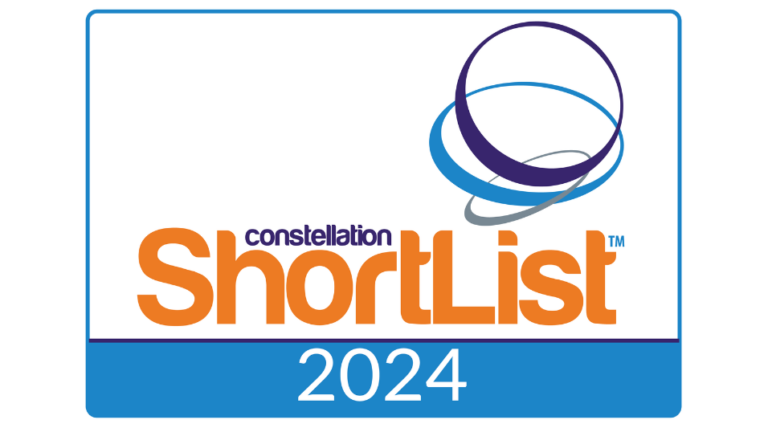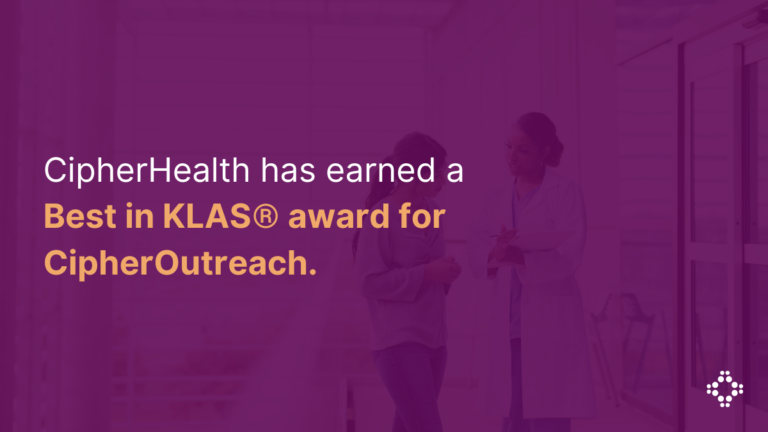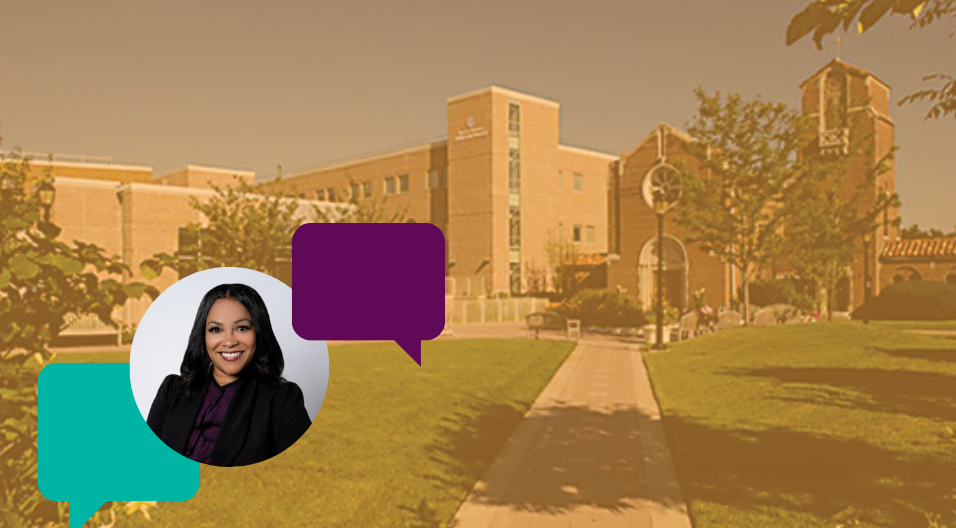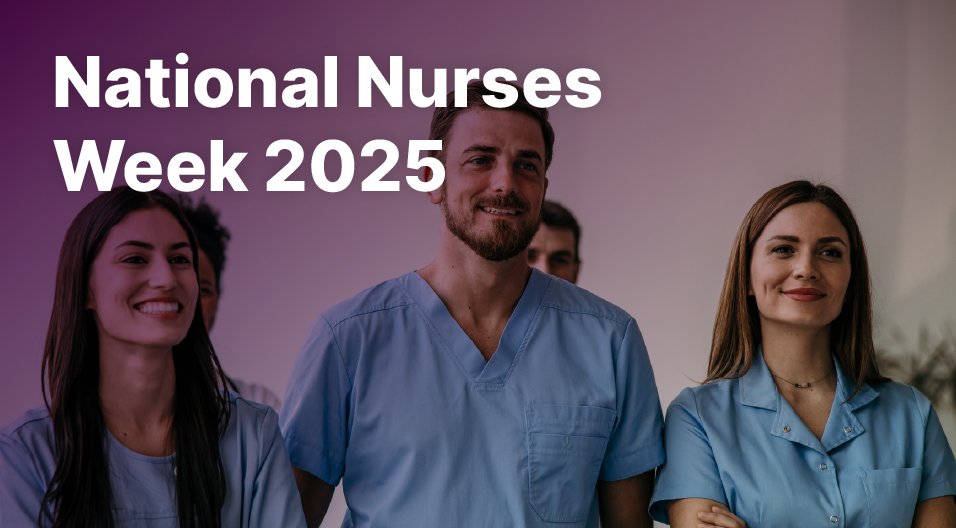Population health is a critical component to any health system’s strategy for improving overall outcomes and maximizing value-based care reimbursements. Combining multiple approaches for supporting patients during care transitions and those with chronic conditions can drive improvements in engagement and healthcare outcomes.
CipherHealth recently hosted a Webinar with Michael Helle, NRP/CCP, FP-C, MHA, MBA, Director of Clinical Programs – Office of Population Health, at UCSF, who provided an overview of their population health strategies including proactive post-discharge follow up and care gap outreach, including positive clinical outcomes. Helle discussed how the Office of Population Health at UCSF uses CipherHealth’s Post-Discharge Follow-up, highlighting three of their teams — Care Transitions Outreach Program, ACO Utilization and Transitions team and Population Health Centralized Outreach team — and their effectiveness in addressing ongoing public health challenges.
Discharge phone call program
UCSF’s Care Transitions Outreach Program is a centralized group of RNs, social workers and pharmacists that make outreach calls to all patients who are discharged. The Program’s primary goals are to facilitate smooth transition from hospital to home, minimize unnecessary ED rehospitalizations, and enhance patient satisfaction while ensuring patient safety to improve health outcomes.
When a patient is ready to leave, the bedside nurse lets them know they will be receiving an automated discharge call in English, Spanish or Cantonese. The calls, as well as text messages, are sent out within three days of discharge. Patients and their families interactively answer through either modality, depending on their preference.
In 2023, this team reached out to 27,500 patients with an approximate 80% success rate. USCF found that about 33% of patients have issues that need to be addressed by their nursing staff.
With a focus on equity, UCSF analyzed their data and identified health disparities with their Black and African American patients who tended to have lower reach rates. Although adding text messages had some impact, UCSF improved reach rates even more for this population by incorporating manual outreach for patients who didn’t respond.
Longitudinal calls
UCSF’s ACO Utilization & Transitions Team oversees all ACO patients, handling pre-admission repatriations and bed allocation. During admissions, they manage length of stay, collaborate with case management, and ensure timely post-discharge care management and coordination. They initiate patient contact and enrollment in a 30-day post-discharge call program, with nurses providing manual phone follow-ups as required. They also handle referrals and follow-ups with pharmacists and other population health clinical programs or payer resources.
Out of the 1,485 patients discharged in 2022, the team utilized CipherOutreach to contact 981 patients, achieving a reach rate of 92%. Among these patients, 28% reported issues.
Disease management & care gap closure
The third pillar in UCSF’s population health strategy involved addressing the problem of closing health disparities and care gaps. They switched from a decentralized to centralized outreach program led by a team of Centralized Health Care Navigators trained on health coaching and patient activation.
With the introduction of CipherHealth’s automated outreach tools in tandem with manual calling, they saw nearly an 8-fold increase in the volume of patients reached. This was particularly significant in their cancer outreach programs. The populations in this initiative included hypertension, diabetes, cancer screening, depression screening and pediatric care groups.
UCSF’s success with leveraging scalable outreach to assist with care transitions and care gap closure serves as an example for other health systems. To learn more about the components that go into developing a successful population health strategy, watch the Webinar here.









